- "Fragrant rice - clean shrimp" - Direction for sustainable development of agricultural economy
- Farmers expect rice prices to continue to rise
- Urgent harvest of summer-autumn rice in the rainy and stormy season
Breakthrough in key industries
Looking back on the development journey, Mr. Pham Van Muoi, Deputy Director of the Department of Agriculture and Environment, said: "Previously, farmers mainly grew rice for food and raised shrimp for a living; production was fragmented, lacked linkages, and had low added value. But now, everything has changed dramatically, not only in terms of scale but also in terms of production thinking."
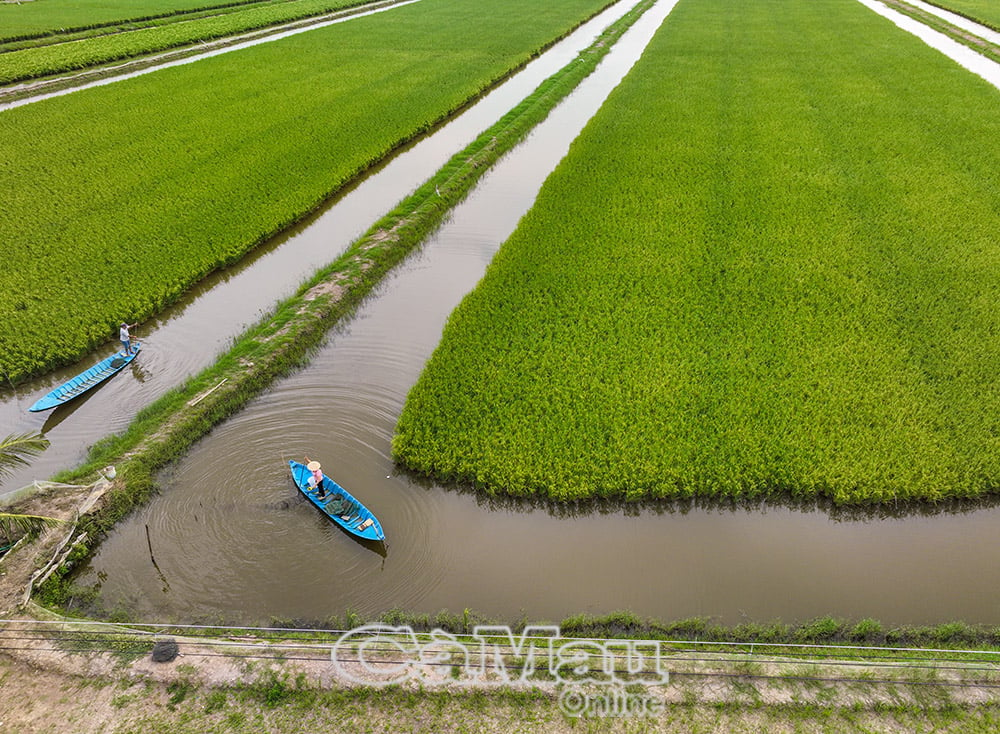
Currently, aquaculture, especially shrimp, has become the province's spearhead economic sector. With many advanced farming models such as shrimp - rice, shrimp - forest, intensive and super intensive farming, combined with chain linkage and application of international standards, Ca Mau is maintaining an aquaculture output of more than 1.2 million tons/year, of which shrimp is more than 546 thousand tons, accounting for about 40% of the country's output. Annual seafood export turnover reaches over 2 billion USD - an impressive figure, showing remarkable development.
In addition, the rice industry has also made a spectacular breakthrough. From fragmented, low-yield rice fields, Ca Mau has now formed many concentrated production areas, applying high-quality varieties, mechanization and environmentally friendly farming processes. In particular, the rice-shrimp, organic rice, and low-emission rice models are opening up new opportunities for exporting clean and ecological rice.
Actively accompanying farmers, the province has issued many important policies to connect 3 houses: farmers - businesses - scientists, especially through value chain linkage programs. Mr. Muoi said that when building linkage projects, cooperatives and businesses will be supported: project consulting up to 300 million VND; production infrastructure (factories, machinery...) up to 10 billion VND; seeds, materials, labels for 3 consecutive crops; support for agricultural extension models up to 200 million VND.
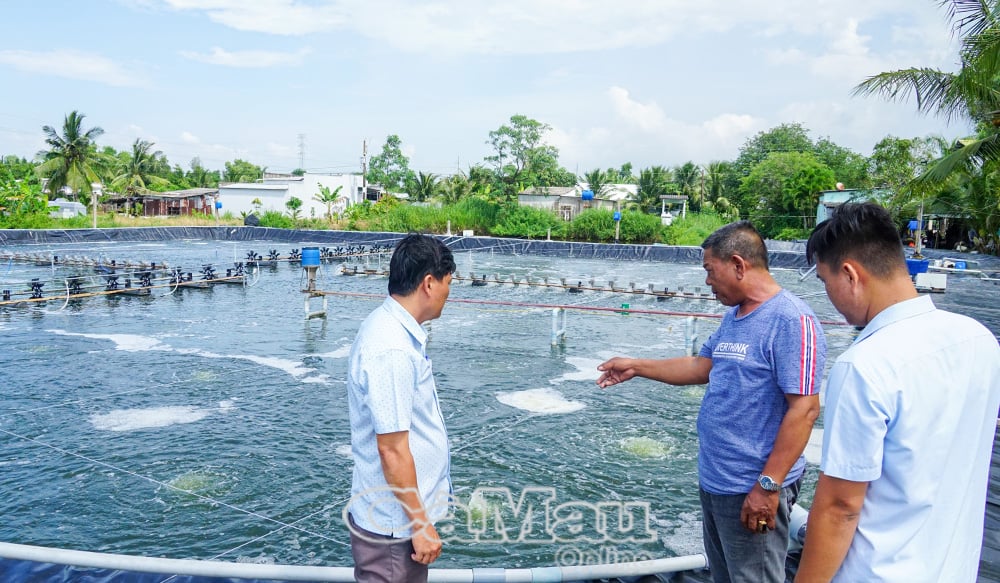
The province has invited more than 120 enterprises to connect with cooperatives in key industries such as shrimp, rice, crab, etc., forming cooperatives to consume products, reduce input costs, and increase output value. In addition, the province is coordinating the development of 4 pilot projects in key areas for review and replication.
Accelerating high-tech agriculture
According to Mr. Muoi, high-tech agriculture is currently an inevitable trend, being promoted by the province in both aquaculture and cultivation. Specifically, in shrimp farming, people apply a multi-stage super-intensive farming model, raising in cages, lined ponds, controlled by sensors. The yield reaches 20-23 tons/ha, high farming density, and the environment is strictly controlled. In particular, the clean, circulating, waste-free shrimp model is helping to reduce pollution and increase production efficiency.
In farming, the mechanization rate reaches 100% in land preparation and water pumping, 95% in spraying and 80% in harvesting. Scientific and technological advances such as drones, sensor systems for controlling water-saving irrigation and smart pest management are being widely applied.
The 170-hectare low-emission rice model helps reduce 50-60% of seeds, fertilizers, and pesticides, yielding 6-6.5 tons/ha, increasing profits by more than 4 million VND/ha/crop, while reducing greenhouse gas emissions by 37%.
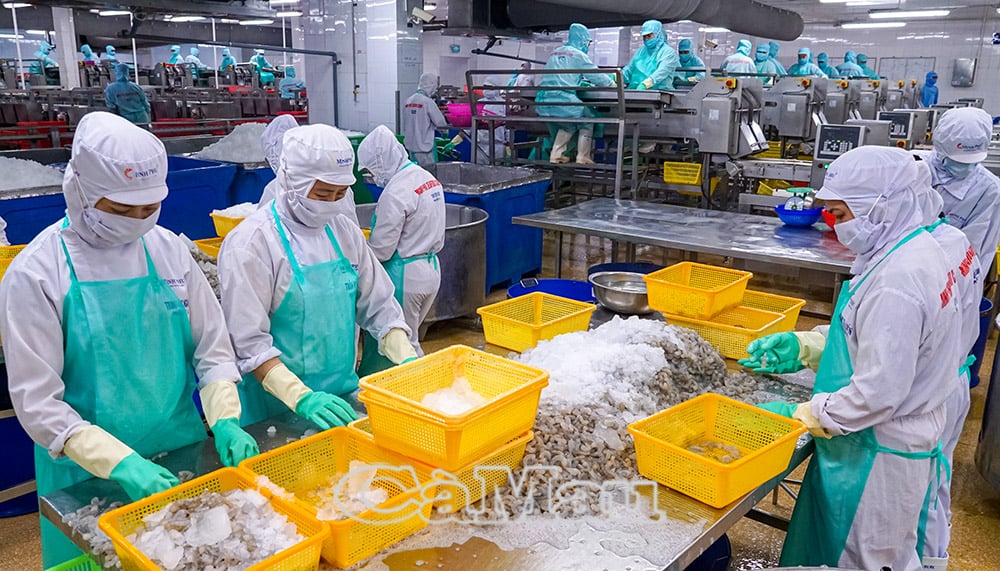
Vegetable and fruit growing models that meet VietGAP standards, hydroponics in greenhouses, using organic fertilizers, drip irrigation, and misting bring high profits, with some crops reaching up to 70 million VND/ha, surpassing traditional farming.
Faced with the increasingly obvious impacts of climate change, Ca Mau province has been shifting towards green, circular, and naturally adaptive agricultural development. Some models are being implemented effectively such as shrimp - rice, shrimp - forest, which are both "following nature" and protecting the environment, increasing export value, and tens of thousands of hectares have achieved international certifications such as ASC, BAP, and EU Organic.
The Aqua Xanh project focuses on building a circular seafood chain, reducing emissions, and linking with processing and exporting enterprises. The green carbon credit project combines coastal mangrove protection with a carbon market mechanism to increase income and preserve the ecosystem. In addition, the province also promotes digital transformation in agriculture, applying IoT and blockchain to trace origins, monitor production, improve quality and transparency in the supply chain.
Promoting the value of the homeland, Ca Mau has continued to rise. With new thinking, new ways of doing things, the support of the government and businesses, and the diligence and creativity of the people, the southernmost land is increasingly affirming its position as the "shrimp capital" and a bright spot in green, high-tech, sustainable agriculture of the whole country.
“Developing green, circular and smart agriculture is an inevitable path. This is not only a direction to help people stabilize their livelihoods, but also a foundation to elevate Ca Mau agricultural products in the international market,” affirmed Mr. Pham Van Muoi, Deputy Director of the Department of Agriculture and Environment.
Hong Phuong
Source: https://baocamau.vn/vang-muoi-tu-dong-lua-dam-tom-a121743.html



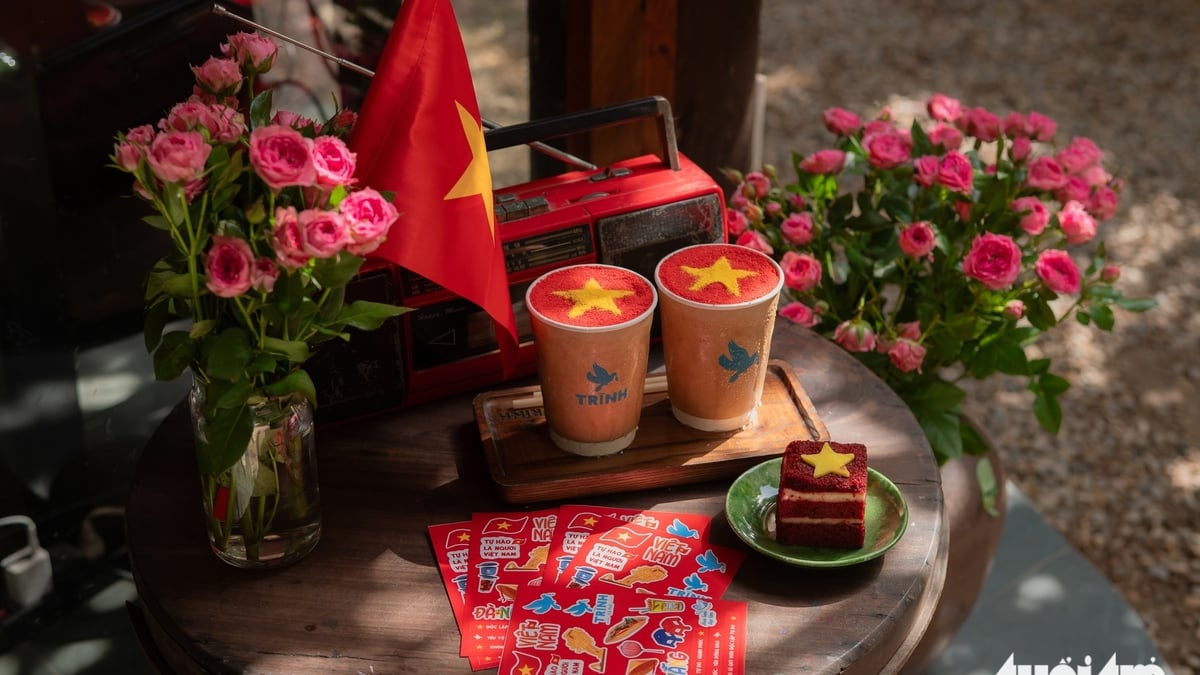
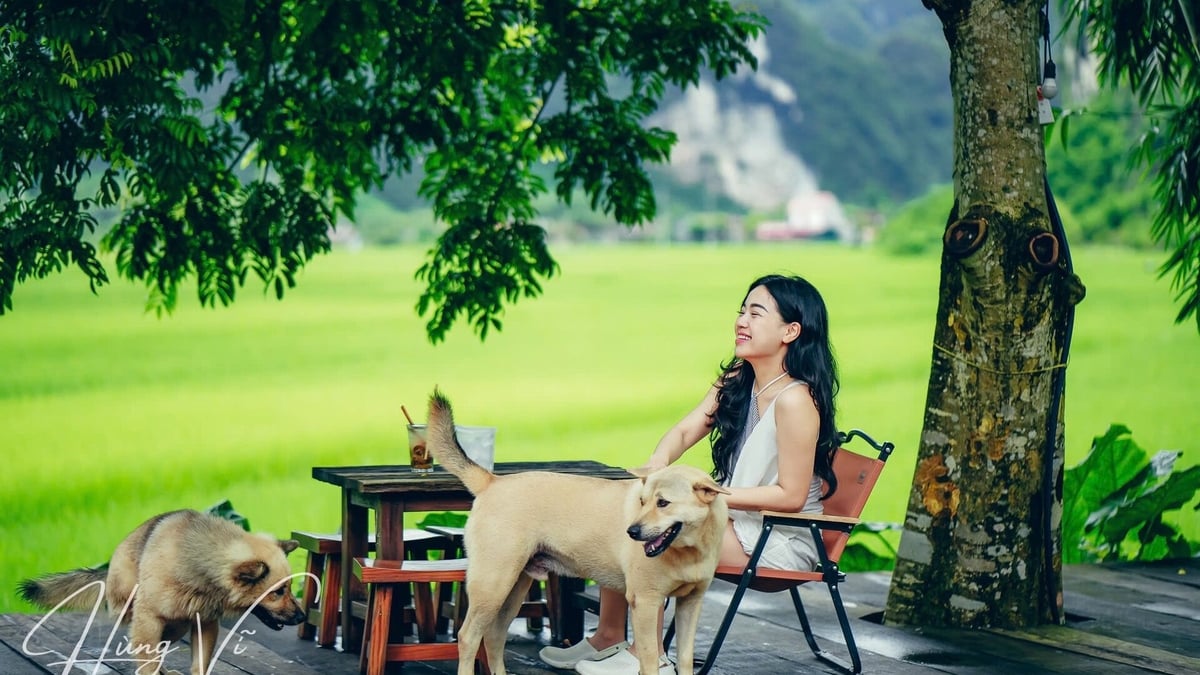

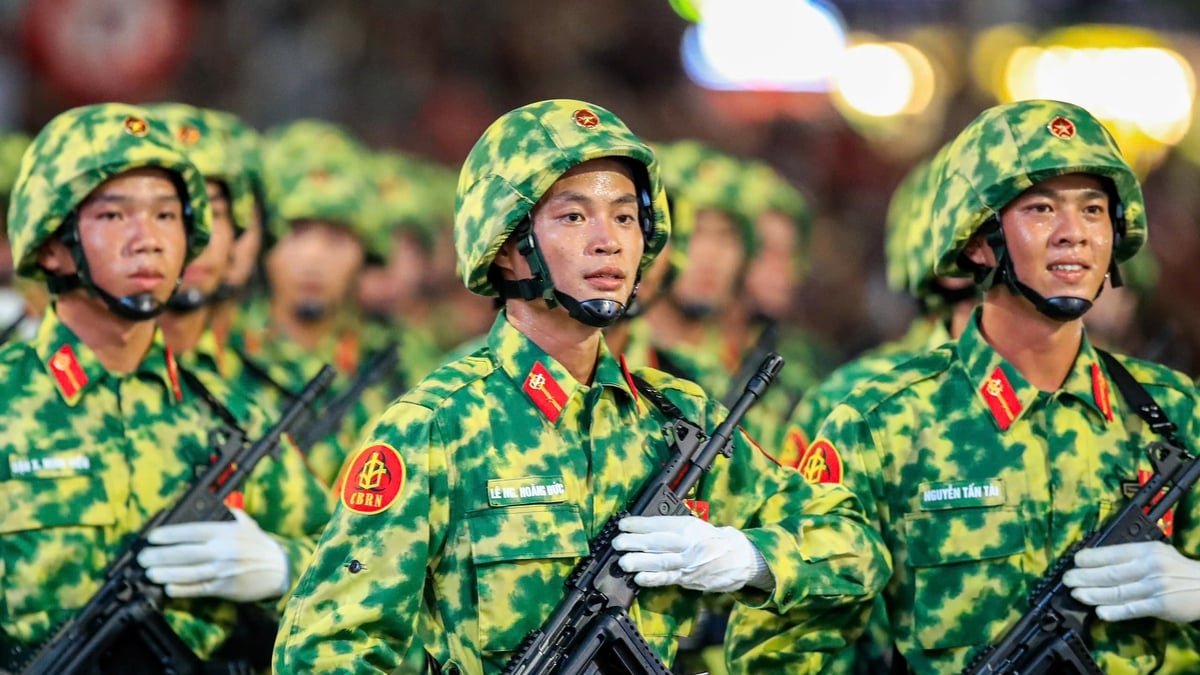
![[Photo] General Secretary To Lam attends the 80th anniversary of Vietnam's diplomacy](https://vphoto.vietnam.vn/thumb/1200x675/vietnam/resource/IMAGE/2025/8/25/3dc715efdbf74937b6fe8072bac5cb30)
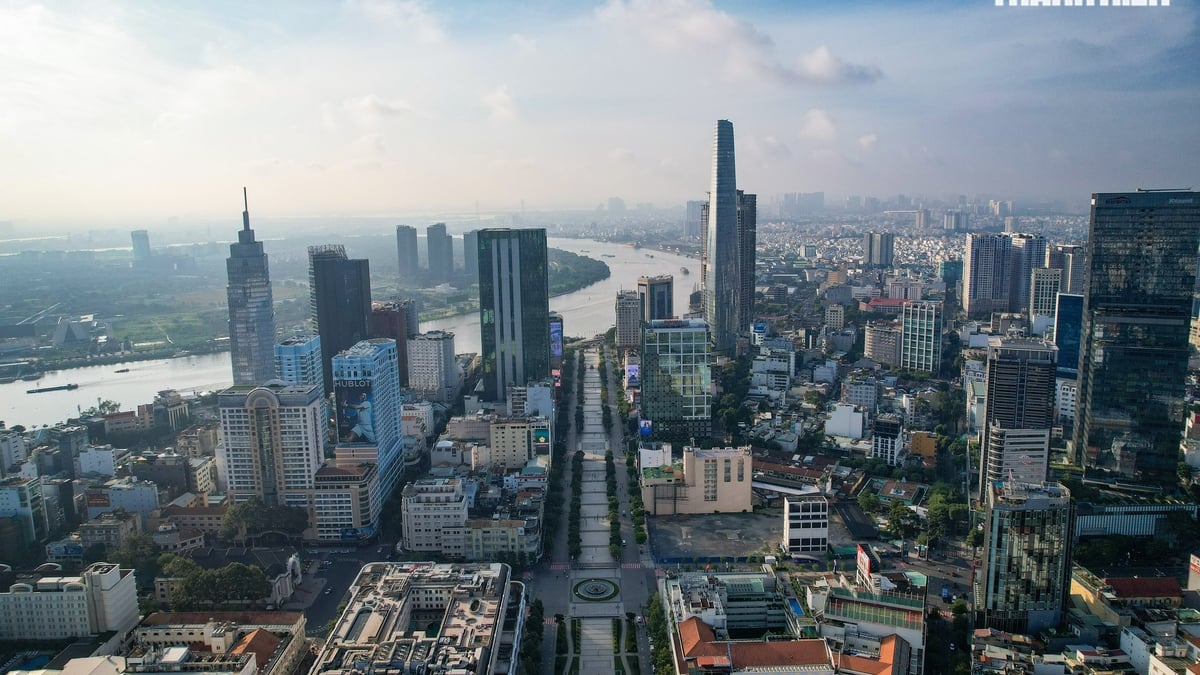
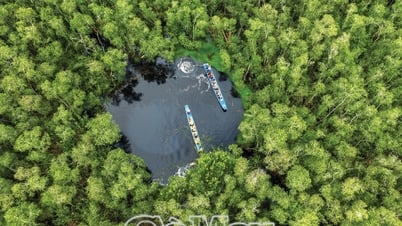
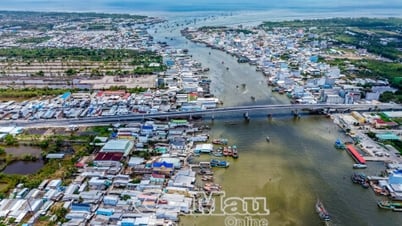

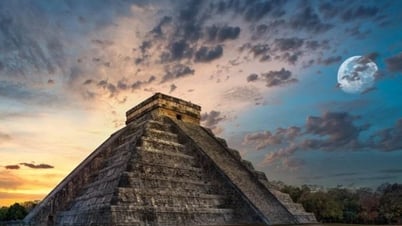



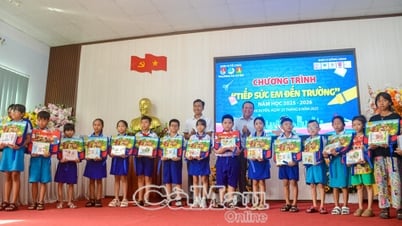


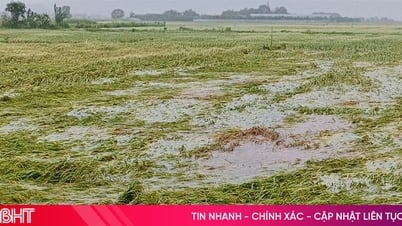

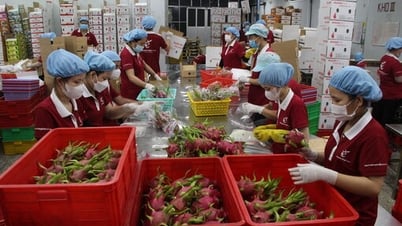

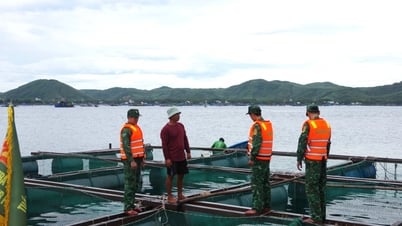

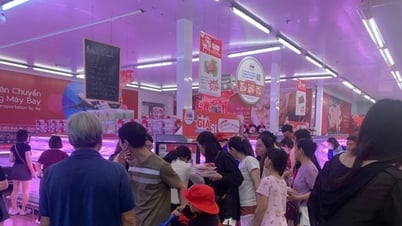

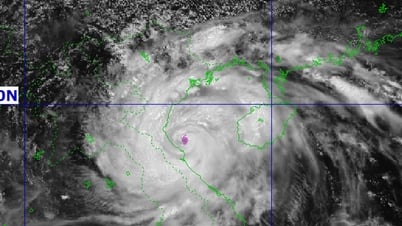





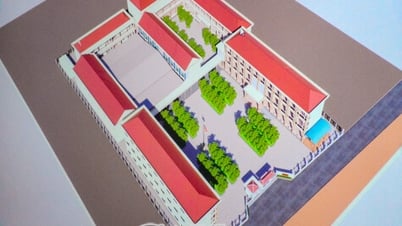
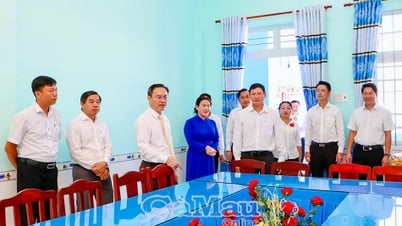
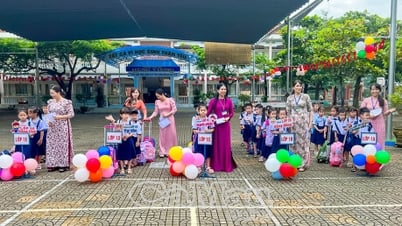
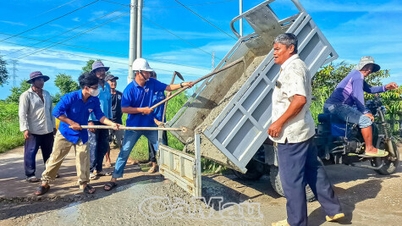
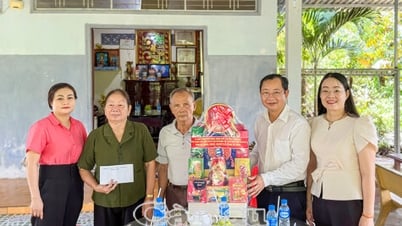
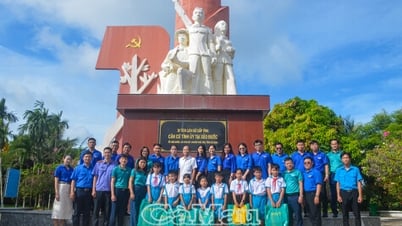
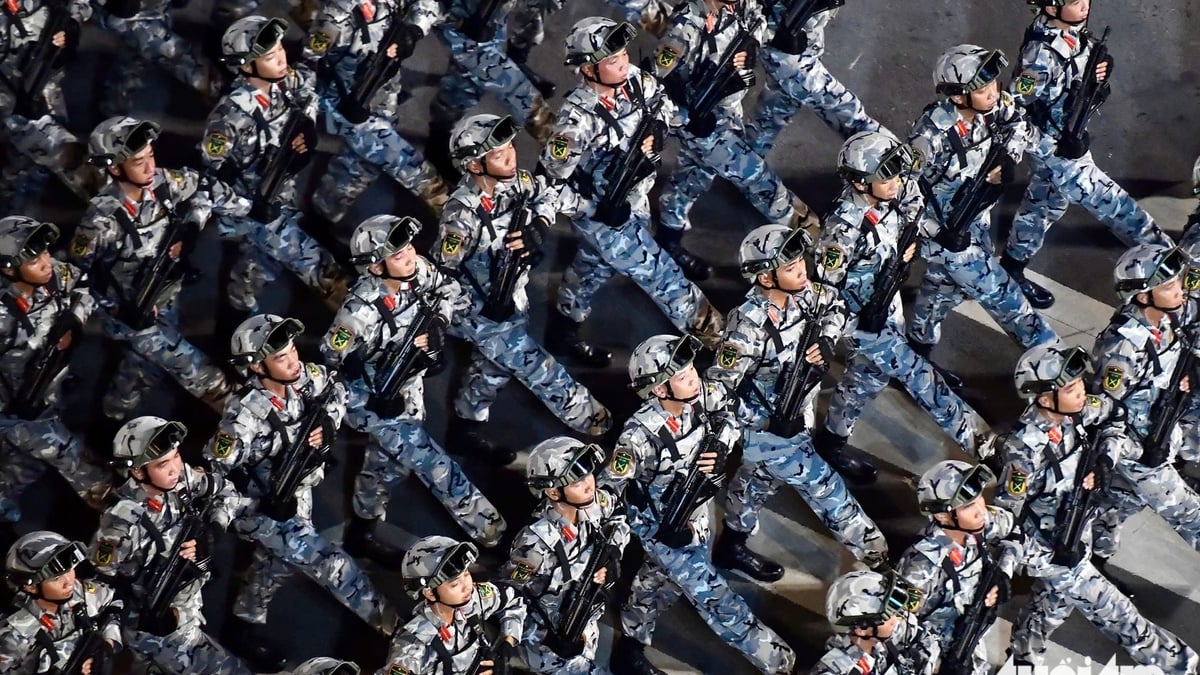
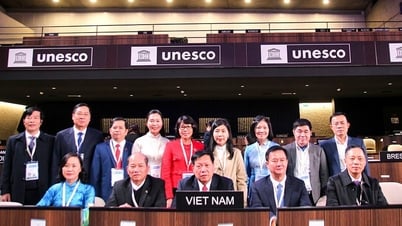
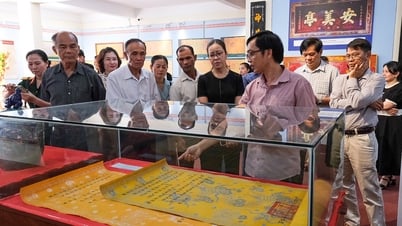

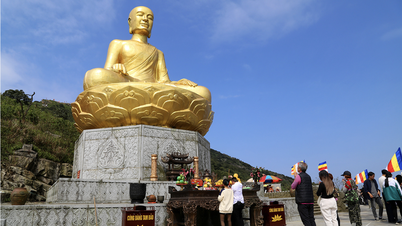

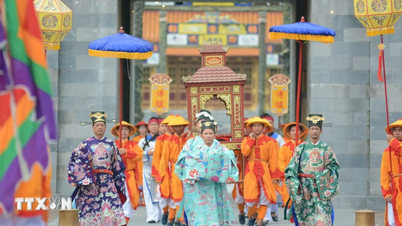







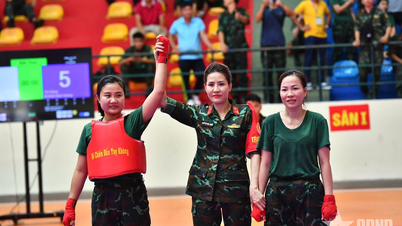

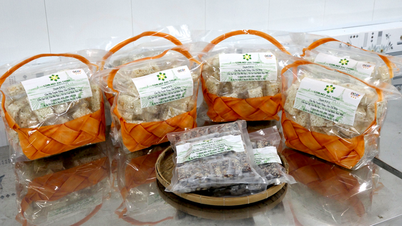

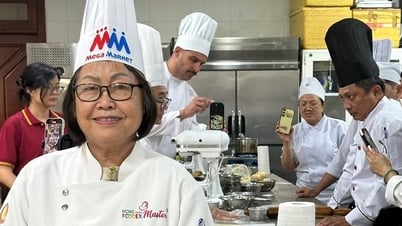
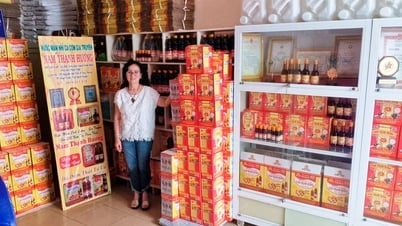

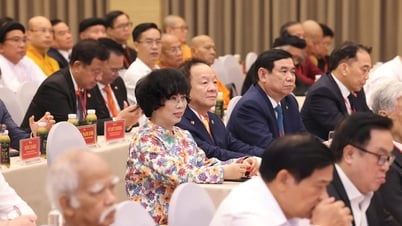




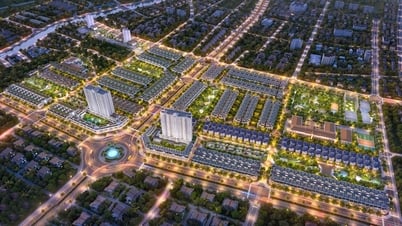
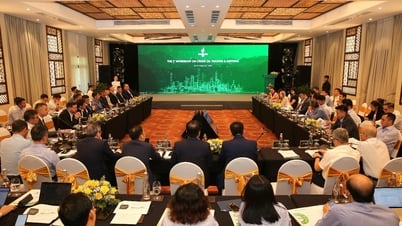
![[E-Magazine] Petrovietnam – Strong steps to realize the “Epochal Transformation”](https://vphoto.vietnam.vn/thumb/402x226/vietnam/resource/IMAGE/2025/8/25/e745baade70f4e1e96f5314f65eac658)

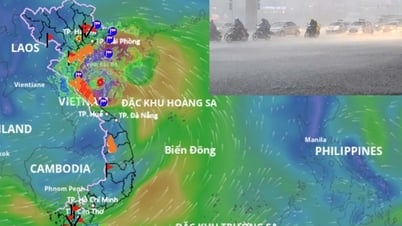

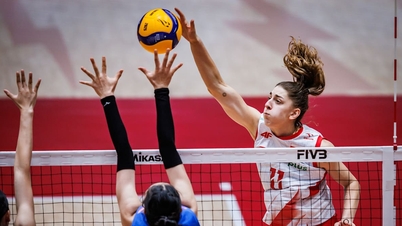

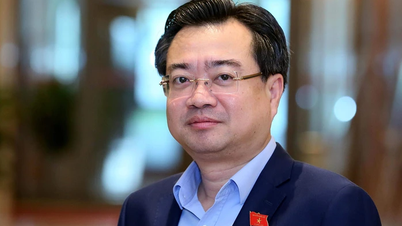


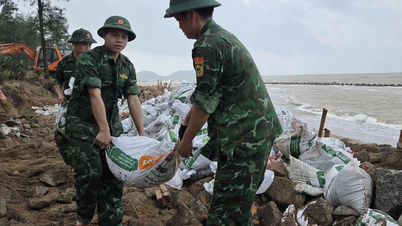
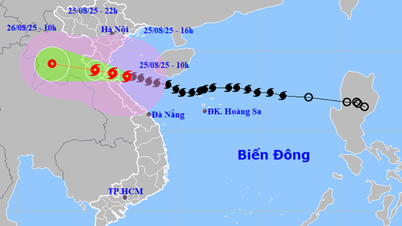

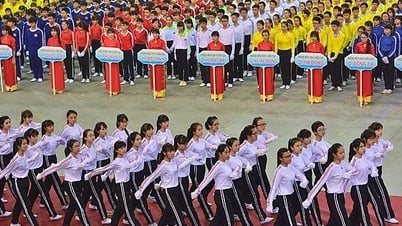
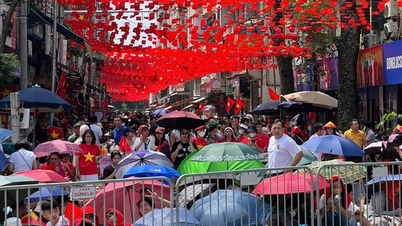
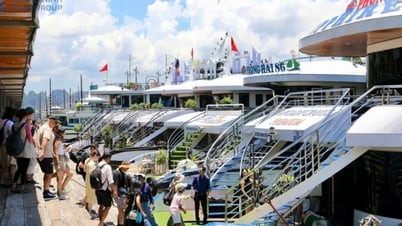
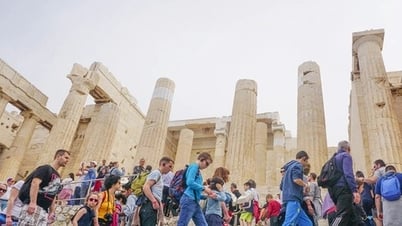
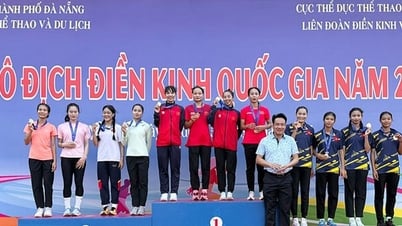
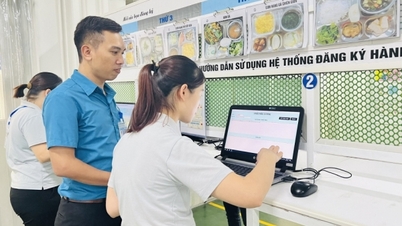

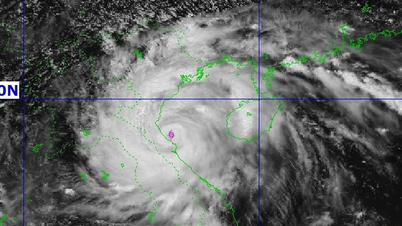

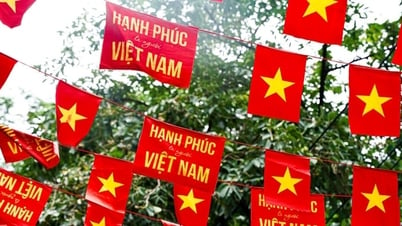
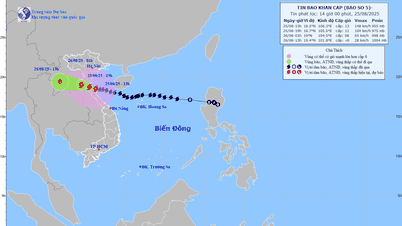
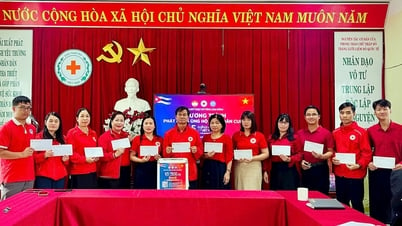
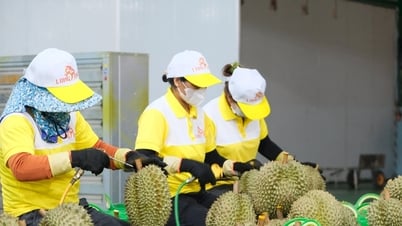
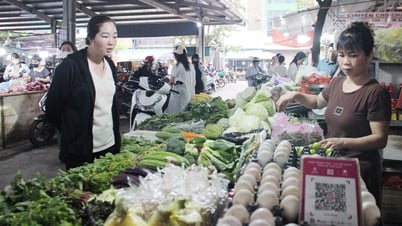

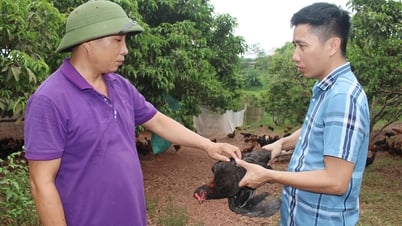
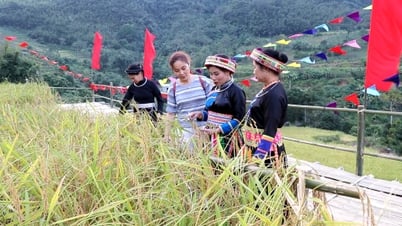

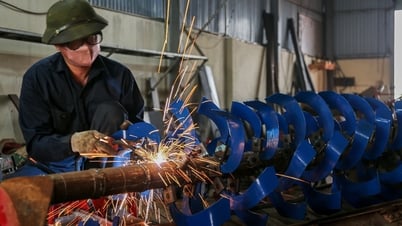
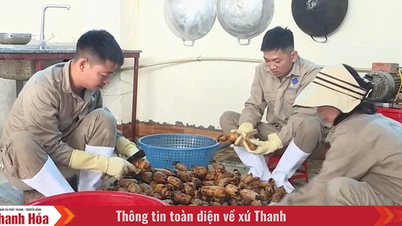


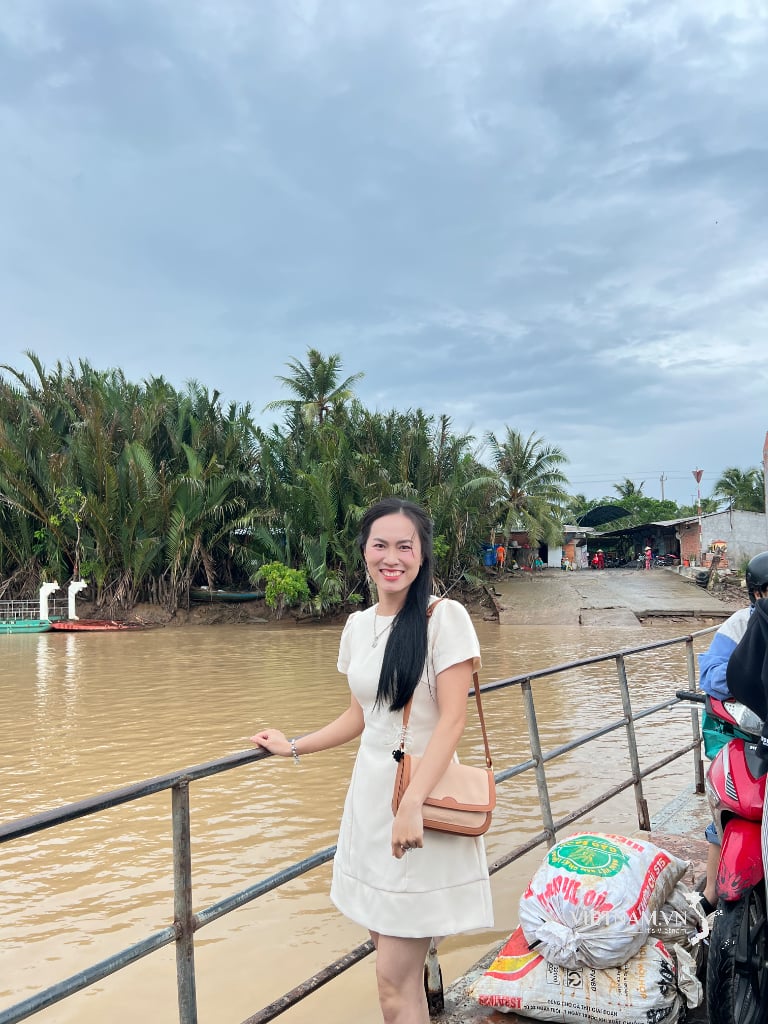


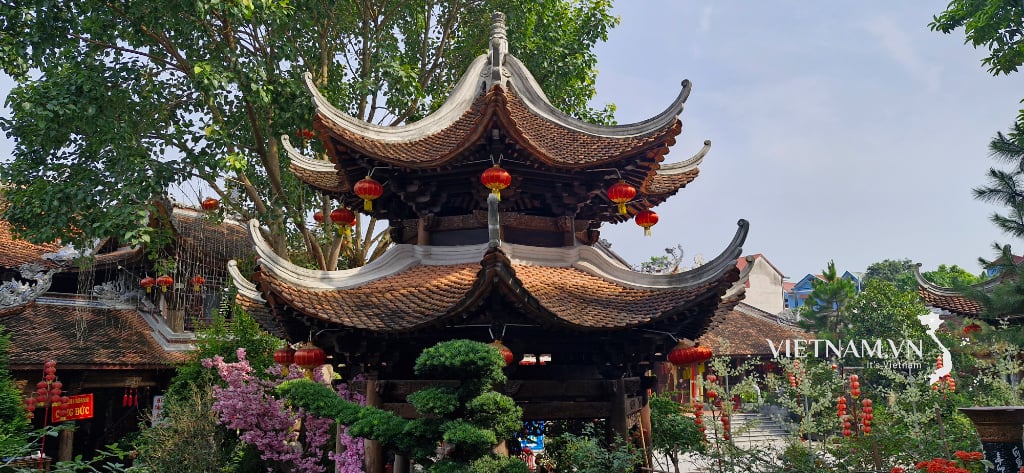
Comment (0)